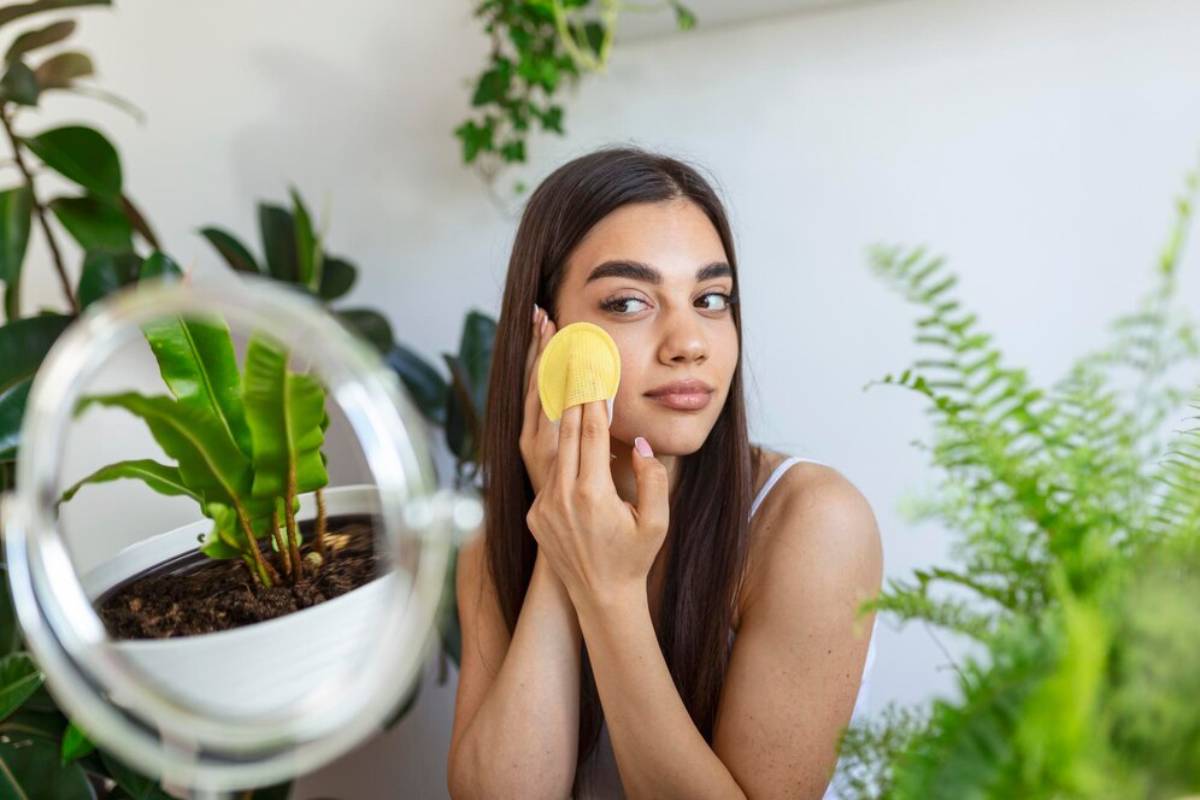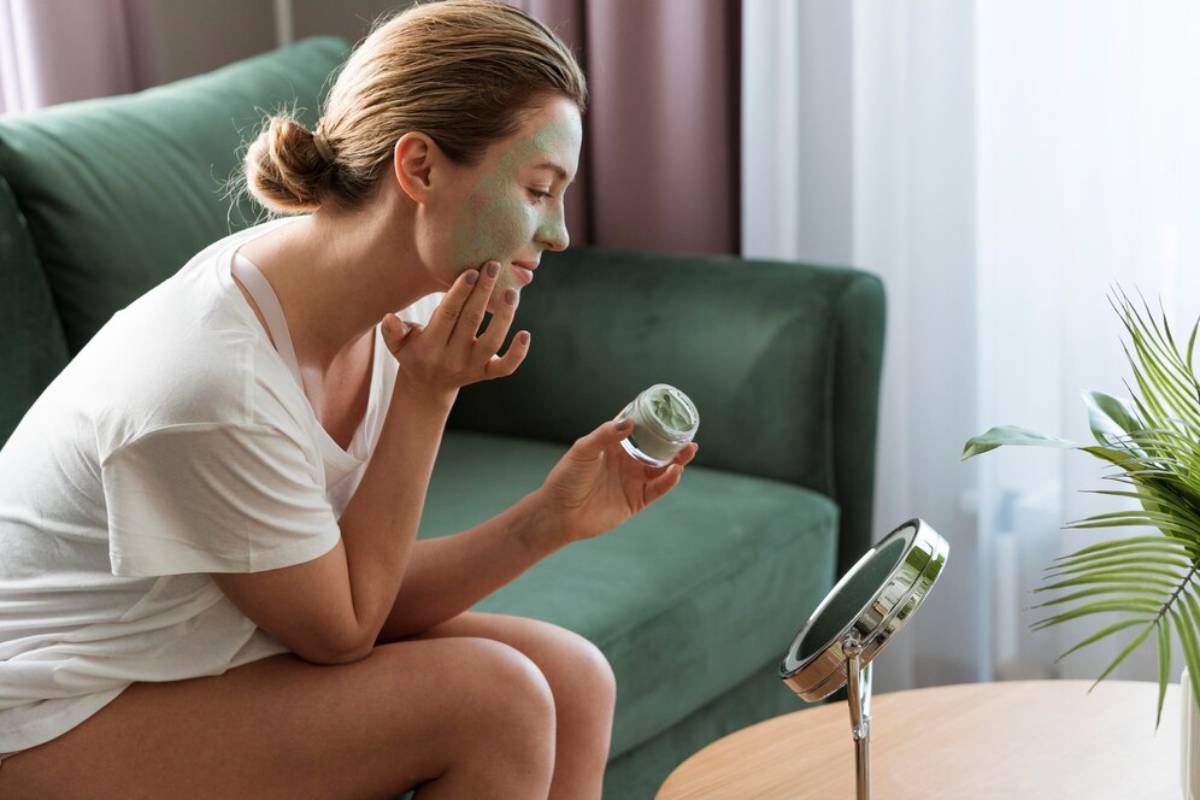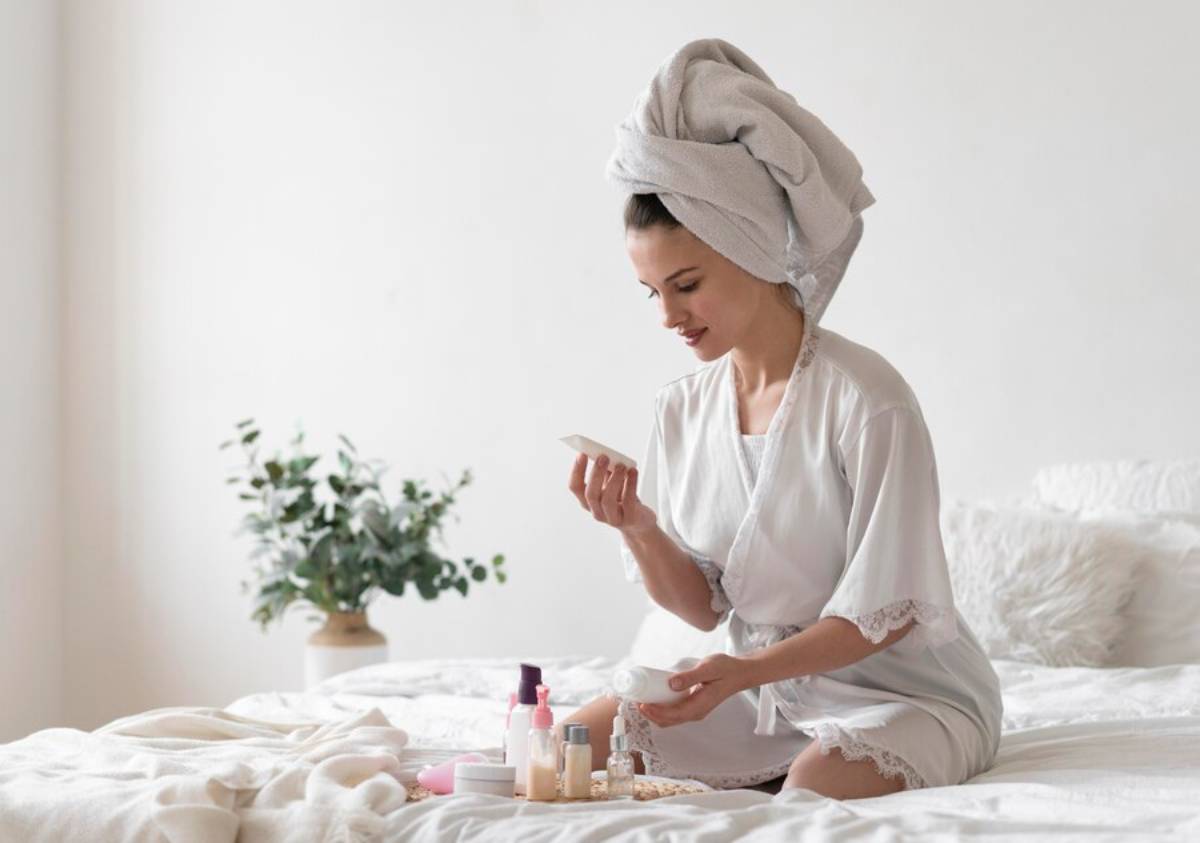The Fashion Blog

The Rise of Clean Beauty: Skincare Without Compromise
In recent years, the beauty industry has undergone a dramatic transformation. Consumers are more informed, more vocal, and more discerning than ever before. People closely examine ingredient lists, question brand ethics, and assess environmental impact. From this awakening, a major shift in modern skincare has emerged: clean beauty.
What began as a niche movement has now become a full-blown revolution. Clean beauty is no longer just for artisan labels or natural food stores. It is changing the industry from top to bottom. By 2025, it’s not only about what a product does for your skin. It’s also about how it’s made, its ingredients, and the values it reflects.
This article delves into the evolution of clean beauty. It shines a spotlight on core principles and natural innovations fueling its rise. We’re also exploring the 2025 beauty trends that redefine our understanding of healthy, ethical, and effective skincare.
What Exactly Is Clean Beauty?
Clean beauty is often misunderstood as a synonym for natural or organic. In truth, it’s a broader philosophy that prioritises safety, transparency, and responsibility.
Clean Beauty Defined:
- Non-toxic: Made without harmful ingredients that could affect human health, like parabens, phthalates, and formaldehyde.
- Transparent: Full ingredient disclosure, with clear labelling and education.
- Ethically produced: Often cruelty-free, sustainably sourced, and environmentally conscious.
- Science-driven: Embraces both naturally derived and safe synthetic ingredients when beneficial.
It’s not about fearmongering or purity—it’s about informed choice and product integrity.

Why Clean Beauty Is Thriving in 2025
Consumer awareness, scientific innovation, and cultural change are fueling the clean beauty boom.
Key Drivers:
- Ingredient Literacy: Apps and social media, like Think Dirty and INCI Decoder, help people find out what’s in their products.
- Health and Wellness Integration: Skincare is now seen as part of overall wellness, not just a beauty concern.
- Environmental Awareness: Concerns about pollution, plastic waste, and deforestation are influencing buying decisions.
- Regulatory Pressure: Governments worldwide are starting to ban or limit harmful ingredients. This pushes brands to create cleaner formulations.
Clean beauty is no longer an alternative—it’s becoming the default expectation.

Natural Skincare’s Role in the Clean Movement
Natural skincare is a key part of clean beauty, but they are not the same. Natural skincare mainly uses plant-based or mineral ingredients. Its charm comes from being simple and sustainable.
Popular Natural Ingredients in 2025:
- Bakuchiol: A plant-based alternative to retinol, offering similar anti-ageing benefits without irritation.
- Blue tansy: Known for its calming, anti-inflammatory properties.
- Sea kelp: Rich in antioxidants and minerals, great for hydration and protection.
- Moringa oil: High in fatty acids and perfect for cleansing or moisturising sensitive skin.
These ingredients are gentle and often come from renewable, low-impact sources. This supports the ethical basis of clean beauty.
Synthetic Does Not Mean Unsafe
A common misconception is that clean beauty must exclude all synthetic ingredients. Many clean beauty brands use safe, stable, and sustainable lab-made ingredients.
Clean Synthetics Include:
- Hyaluronic acid: Often synthetically produced but widely praised for its hydrating properties.
- Peptides: Help support collagen production and skin elasticity.
- Niacinamide (Vitamin B3): Brightens skin tone and reduces inflammation.
The key is safety and efficacy—not origin. Clean beauty celebrates scientifically proven ingredients that deliver results without harmful side effects.
Packaging and Sustainability
In 2025, clean beauty extends beyond the jar or bottle. Packaging choices are now a central part of the clean conversation.
Sustainable Packaging Innovations:
- Refillable systems: Glass containers with recyclable refill pods reduce single-use waste.
- Biodegradable materials: Compostable wrappers and tubes made from corn starch or bamboo.
- Carbon-neutral shipping: More brands offset their delivery footprint through verified environmental projects.
Consumers are increasingly choosing brands that match clean formulations with sustainable business practices.
Beauty Trends 2025: What’s Next for Clean Beauty?
The clean beauty movement continues to evolve with new trends, tools, and philosophies. Here’s what’s shaping the future of ethical skincare this year:
1. Microbiome-Friendly Formulations
Products that protect and support the skin’s natural microbiome are on the rise. Ingredients such as prebiotics, probiotics, and postbiotics are now common in cleansers, moisturisers, and masks.
2. Waterless Products
Solid bars, powders, and concentrates are becoming popular. They use less water and need less packaging. They’re travel-friendly, shelf-stable, and eco-efficient.
3. Multi-Tasking Formulas
Consumers want fewer steps and more value. Products that combine several functions—like SPF, moisturiser, and primer—are thriving.
4. Inclusive Formulation
Clean beauty is now focusing on all skin tones and types. It’s creating products with improved pigmentation, wider SPF coverage, and various skin concerns.
5. Personalised Skincare
AI tools and home diagnostics help users tailor routines using real-time skin data. This improves results and cuts down on product waste.
Clean Beauty Brands to Watch
These trailblazing brands exemplify the spirit of clean beauty in 2025:
Herbivore Botanicals
Herbivore is known for its plant-based formulas and simple packaging. They combine natural ingredients with rich textures.
BYBI Beauty
A UK brand that focuses on carbon-neutral production and refillable packaging. Its products use upcycled plant waste.
Biossance
Built around sugarcane-derived squalane, this biotech brand blends science and sustainability seamlessly.
Typology
This French brand values transparency and traceable sourcing. It uses minimalist formulas and avoids unnecessary additives.
RANAVAT
Ranavat blends Ayurvedic tradition with clean luxury. They provide high-performance serums and oils that are rich in culture and botanicals.
These brands show that clean beauty is ethical, but it’s also luxurious and effective.
How to Identify Truly Clean Products
Not all “clean” claims are created equal. As greenwashing becomes more prevalent, savvy consumers need tools to discern authenticity.
Red Flags:
- Vague claims like “natural” or “green” with no substantiation
- Lack of ingredient transparency
- Use of known irritants or endocrine disruptors (e.g., parabens, synthetic fragrances)
How to Verify:
- Look for certifications (ECOCERT, COSMOS, Leaping Bunny)
- Use databases such as EWG’s Skin Deep or the Detox Market standard
- Read ingredient lists and avoid red-flag substances
Being informed is your best defence against misleading marketing.

Building a Clean Skincare Routine
Transitioning to clean beauty doesn’t require a complete overhaul. Begin by embracing products that linger the longest on your skin—think moisturiser and serum. Then, gently introduce additional gems into your routine, one by one.
Basic Clean Skincare Routine:
- Cleanser: Gentle, pH-balanced, and free of sulphates
- Toner (optional): Hydrating and alcohol-free
- Serum: Targeted treatment with actives like Vitamin C or peptides
- Moisturiser: Nourishing without mineral oil or synthetic fragrance
- SPF: Daily protection with mineral filters like zinc oxide
Focus on function and feel—your skin will guide you toward what works best.
Clean Beauty Is Here to Stay
The rise of clean beauty is more than a passing trend—it’s a paradigm shift. Consumers want more from their products. So, brands are using safer ingredients, being more transparent, and adopting eco-friendly practices. The future of skincare is one where performance and ethics go hand in hand.
The beauty trends of 2025 are blooming with thrilling potential. Picture natural skincare, rooted in the wisdom of plants, intertwining with cutting-edge tech. Together, they minimise waste while maximising results. The query has shifted: it’s not if clean beauty delivers, but rather how swiftly we can elevate it to a standard.
Act now: Check your skincare products, find a clean alternative, and try one mindful swap this week. Your skin—and the planet—will thank you.









